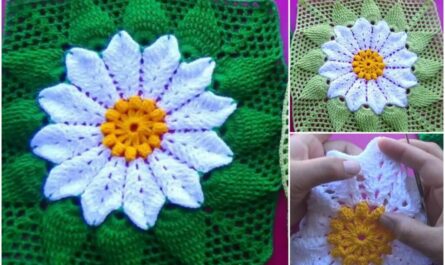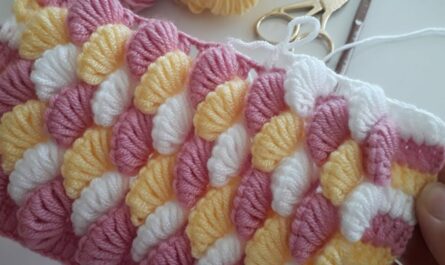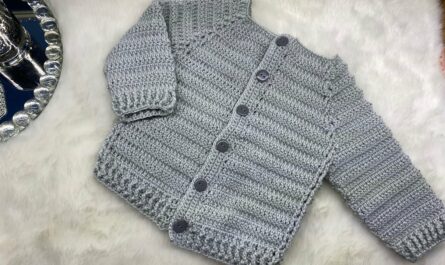A handmade crochet baby frock is a timeless and cherished gift, perfect for welcoming a new baby girl or celebrating a special occasion. The beauty of crocheting a frock is that it’s a project filled with love, and the finished garment is not only adorable but also a unique heirloom piece.
This detailed article will guide you through the process of crocheting a baby frock, covering the essential steps, from choosing the right yarn to finishing the final details. It’s an ideal project for intermediate crocheters or confident beginners ready to take on a garment.
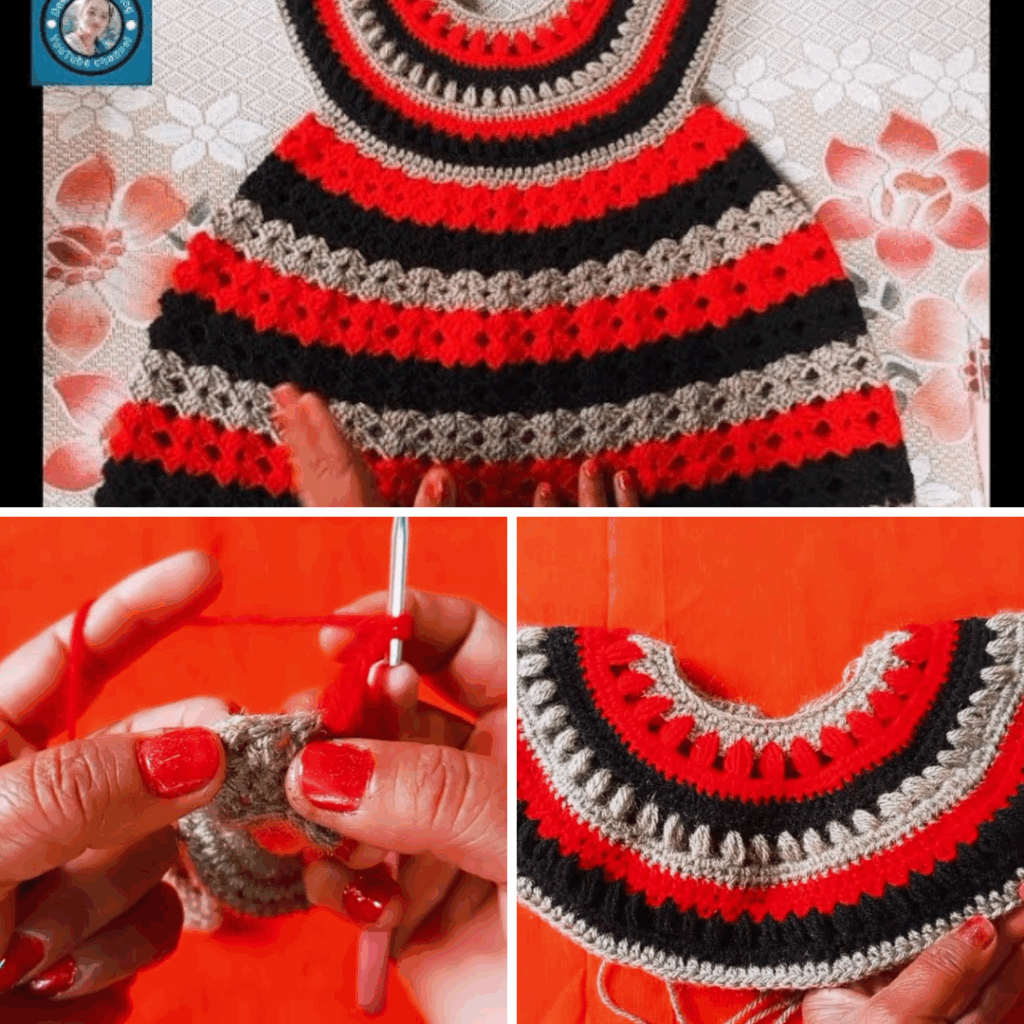
1. Planning Your Baby Frock: Key Decisions & Materials
Careful planning is the foundation of a beautiful handmade dress. Before you begin, consider these important factors.
- Choose a Pattern: There are countless patterns available for baby frocks, ranging from simple A-line designs to intricate, lacy styles. Choose a pattern that matches your skill level and desired look. Look for patterns on platforms like Ravelry or Etsy, or in crochet books and magazines.
- Yarn & Fiber: The yarn you choose will determine the feel, drape, and comfort of the frock.
- Weight: A lightweight cotton or cotton blend yarn (DK or sport weight) is an excellent choice. It’s soft, breathable, and has a lovely drape, making it perfect for a flowing frock.
- Fiber:
- Cotton: Soft, breathable, and easy to wash. It’s a great choice for sensitive baby skin.
- Acrylic: A good, budget-friendly option. It’s durable, hypoallergenic, and comes in a wide range of colors.
- Bamboo or Tencel Blends: These are very soft, have a beautiful sheen, and drape wonderfully.
- Hook Size: Choose a hook size that is appropriate for your yarn. The yarn label will provide a recommendation.
- Gauge Swatch: Making a gauge swatch is crucial for any garment project. This ensures your finished frock will be the correct size. The pattern you follow will specify a required gauge (e.g., “4 stitches and 4 rows = 1 inch”). Crochet a small swatch and measure it. Adjust your hook size accordingly (use a larger hook if your swatch is too small, or a smaller hook if it’s too large).
- Other Supplies: You will also need scissors, a tapestry needle for weaving in ends, stitch markers, and buttons or a ribbon for the closure.
2. The Anatomy of a Baby Frock
Most crochet baby frocks are built from a few simple sections that are then joined together. Understanding this basic structure makes the project much more manageable.
Common Construction Methods:
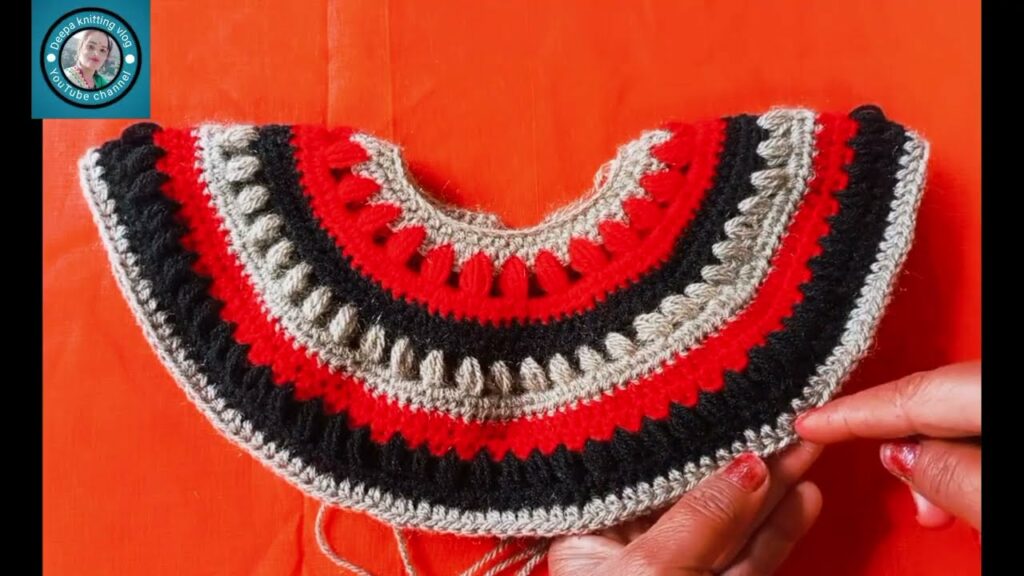
- Yoke-First: This is a very popular method. The frock is worked from the top down, starting with the yoke, which is the top portion covering the chest and shoulders. After the yoke is complete, the body of the frock and sleeves are worked off of it. This method allows you to easily adjust the length of the skirt and sleeves.
- Bottom-Up, Flat Panels: The frock is crocheted in pieces (a front and a back panel) and then seamed together. This method is excellent for beginners who are more comfortable with flat work.
For this guide, we’ll focus on the yoke-first construction as it’s a versatile and widely-used method.
3. The Step-by-Step Process (Yoke-First)
Part 1: The Yoke
The yoke is the top portion of the frock, which is often worked flat in rows before being joined to work in the round.
- Foundation Chain: Begin by chaining the required number of stitches for the neckline, as specified in your pattern.
- Increase Rounds: The pattern will instruct you on how to place increases in each round to create a flat, circular yoke. These increases are what will form the armholes and shape the top of the frock. You will continue to work in rows until the yoke reaches the correct size for the baby’s chest and armholes.
- Divide for Armholes: Once the yoke is the correct size, the pattern will instruct you to divide the stitches into four sections: two for the front panels, one for the back, and two armhole spaces. You will stop crocheting in the armhole stitches for the rest of the frock.
Part 2: The Skirt
The skirt is worked in the round, creating a seamless, flowing bottom.
- Join to Work in the Round: Once the yoke is divided, you’ll join the front and back sections with a slip stitch, closing the loop. You will now be working in continuous rounds.
- Establish Skirt Pattern: The skirt can be worked in a simple stitch like double crochet (DC) or a more textured or lacy stitch like shell stitch or V-stitch.
- Increase for Flare: To give the skirt a flowing, A-line shape, the pattern will instruct you to increase a certain number of stitches in each round or in every other round.
- Repeat: Continue working in the round, following the stitch pattern and increases, until the skirt reaches the desired length.
Part 3: The Sleeves (Optional)
- Attach Yarn: Once the skirt is complete, you’ll attach your yarn to the armhole opening you created in the yoke.
- Work in the Round: Work in rounds, decreasing a few stitches in each round to create a tapered sleeve shape.
- Repeat: Continue until the sleeve reaches the desired length.
- Create Second Sleeve: Repeat for the second armhole.
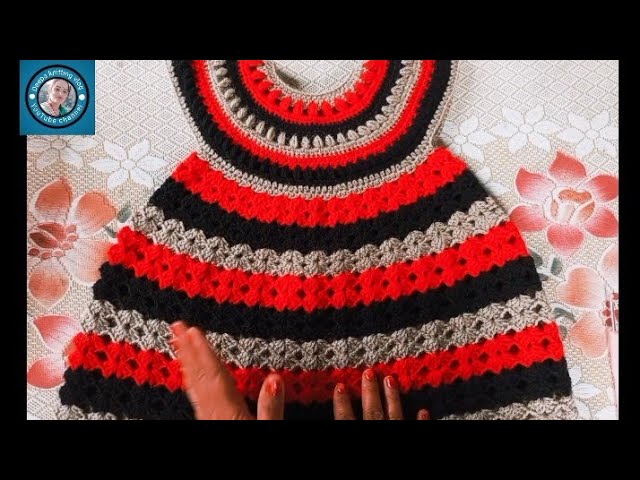
Part 4: Finishing Touches
- Buttons & Buttonholes: If you worked your yoke flat, you will need a button closure at the back. You can create buttonholes by chaining one and skipping a stitch in a row of your back panel. You will then sew the buttons onto the opposite side.
- Lace Edging: A delicate border of lace, shells, or ruffles around the sleeves and skirt hem adds a beautiful, professional touch.
- Weave in All Ends: Use your tapestry needle to carefully weave in every single loose end.
- Blocking: Blocking is highly recommended. It will even out your stitches, open up the lacy patterns, and give the frock a beautiful, professional drape.
4. Final Thoughts
Crocheting a baby frock is a labor of love that results in a gorgeous, one-of-a-kind garment. By breaking the process down into manageable parts and choosing a pattern that suits your skill level, you can create a treasured piece that will be a joy to make and an even greater joy to see on a special little girl.
Video Tutorial :
